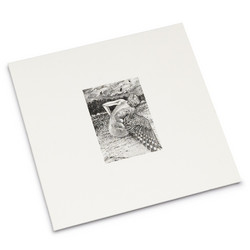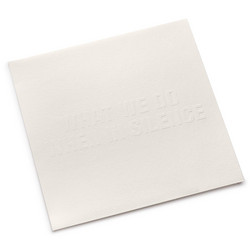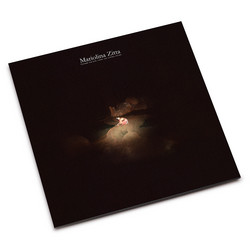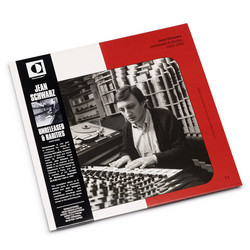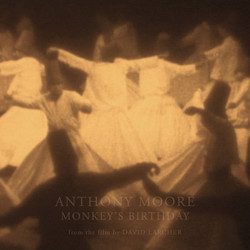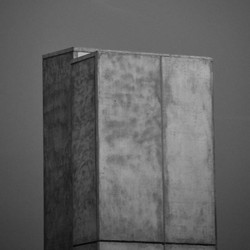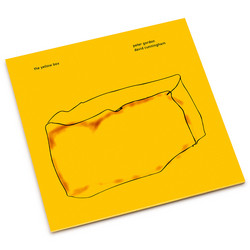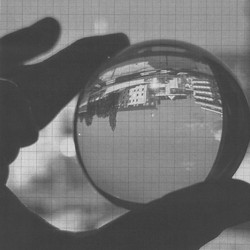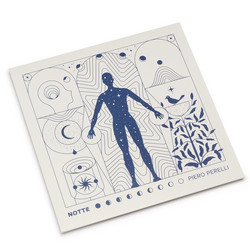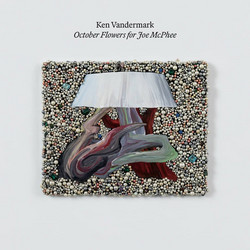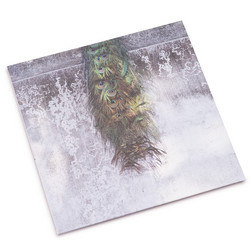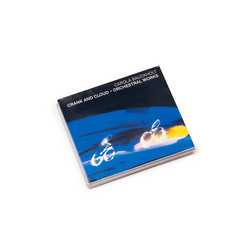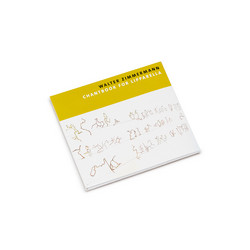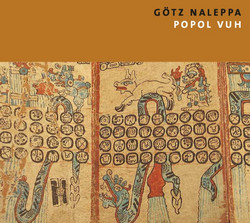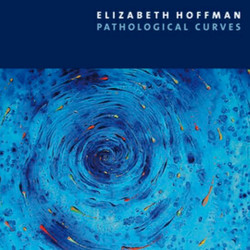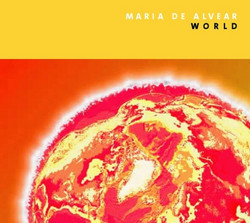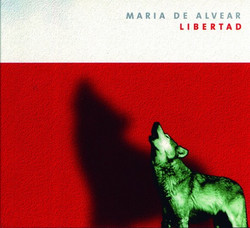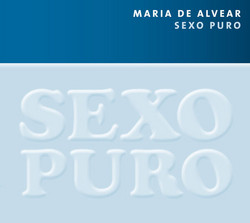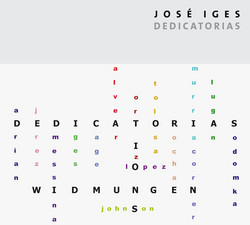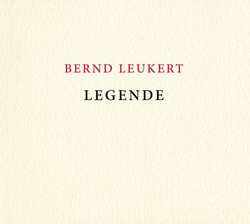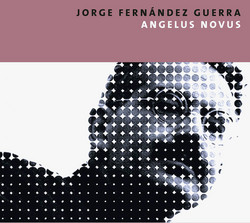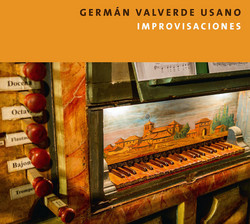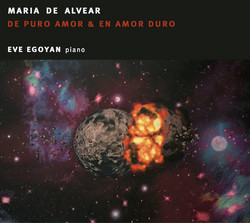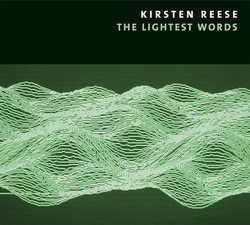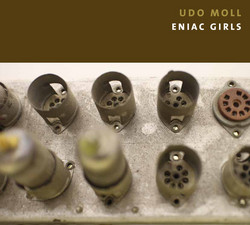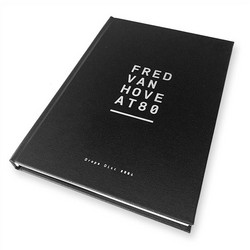Josep Manuel Berenguer
Direccional o no · El pensamiento modifica la materia sobre la que se asienta (2CD)
"As far as my artistic memory goes, I have always been fascinated by the boundaries between continuity and discontinuity, between the sayable and the unsayable, between the countable and uncountable; between what can be described completely by an algorithm and what cannot; between precise writing and writing that only manages to approximate any given phenomenon; between directionality and a lack thereof, adirectionality — a conflict that, not without a certain degree of internal struggle, I would argue is the essence of this double compact disc, which was eventually titled Direccional o no · El pensamiento modifica la materia sobre la que se asienta (Directional or not - Thought modifies the matter upon which it settles).
The first disc, Direccional, more traditionally musical than the second, has pieces sometimes referred to as directional, which progress towards a specific point, their purpose. Two of these pieces result from applying a precise process, one that may even be formalized. One could even call these pieces algorithmic, which they certainly might be; however, I prefer to elude that denomination, since, along with the fact that many internal choices are made randomly, these implemented processes had never completely been defined prior to the pieces’ completion — they arise from a continuous internal questioning that takes place throughout. Their writing results in an ever-changing — one might even call sculpted — code that only crystallises when the belief that the piece is over, surfaces, deep from within one’s inner consciousness. Hence, every time these processes are performed, those pieces emerge, never completely identical, as is what happens with all music requiring human interpretation.
The tracks on the second disc, No direccional, are recordings that indeed could have begun or finished at any given point other than when they do. In fact, their duration holds little meaning for me and is purely arbitrary. […]
It is in that world of continuously generated, perpetually changing behaviour of music and sound, of an unfolding towards nowhere, just as in life itself and in the universe, that all things procedural, algorithmic and computational, and the use of increasingly complex machines, acquire the greatest meaning and significance for me. I had a strange feeling the first time I programmed an endless algorithmic process in the 1980s. It was a process produced by a finite, non-determinist automaton that had been inspired by the syntactic structure of a phrase (the phrase would later become the title of this compact disc), after having pondered over a mysterious and fascinating image of Ludwig Wittgenstein. The strange sensation came when I stopped the computing process and, therefore, the production of sounds. After such action, could any sequence of sounds, any superposition, any event, ever go permanently unnoticed by me? After such decision, what marvel would I no longer be able to hear? By definition, it would be impossible to fully transfer that process to a compact disc, which contains the commands that, conventionally, mark a beginning and an end, also arbitrary and conditioned. Hence the long length of the tracks of the second disc, whose content was indeed generated by processes and procedures that only end when the arbitrary stop command is given, but which have been crystallised in the medium, as a way of ensuring they can be heard even without the computing tools required for their constant and endless production." - Josep Manuel Berenguer
kindly supported by:
Das Studio für Elektroakustische Musik · Akademie der Künste Berlin





